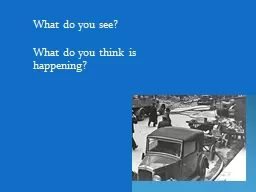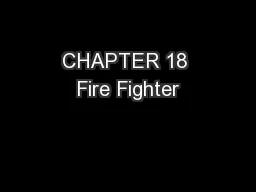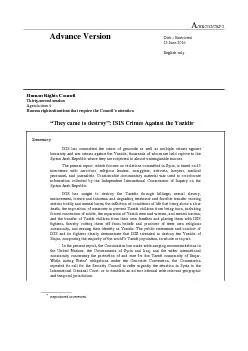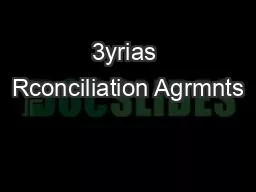PDF-Fakes and Feints for Heavy Weapons Fighters Sir Kennet
Author : min-jolicoeur | Published Date : 2015-06-17
Target hunting or waiting for your opponent to make a mistake may work up to a point But to succeed against the top fighters you must create the openings in your
Presentation Embed Code
Download Presentation
Download Presentation The PPT/PDF document "Fakes and Feints for Heavy Weapons Fight..." is the property of its rightful owner. Permission is granted to download and print the materials on this website for personal, non-commercial use only, and to display it on your personal computer provided you do not modify the materials and that you retain all copyright notices contained in the materials. By downloading content from our website, you accept the terms of this agreement.
Fakes and Feints for Heavy Weapons Fighters Sir Kennet: Transcript
Download Rules Of Document
"Fakes and Feints for Heavy Weapons Fighters Sir Kennet"The content belongs to its owner. You may download and print it for personal use, without modification, and keep all copyright notices. By downloading, you agree to these terms.
Related Documents














